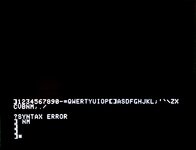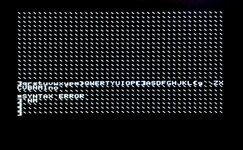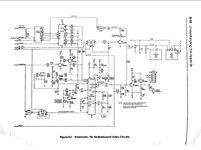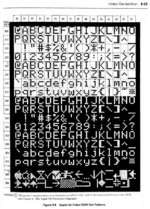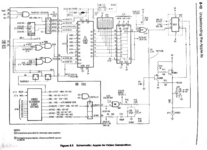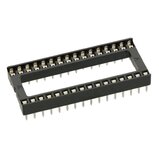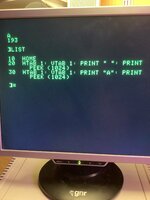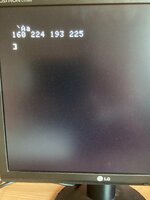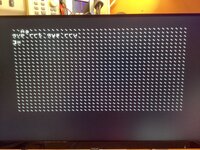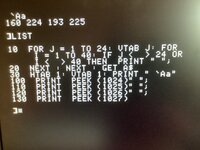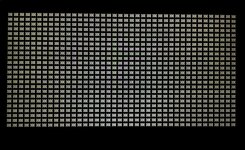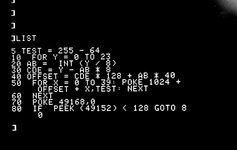I have been working on this //e for a while now and after a Tantalum blow itself apart and I sorted a faulty DRAM out plus the obligatory PSU repairs, I thought I had a good main board until that is I plugged it into composite video as per the attached photo.
It’s fine via both my VGA card and HDMI card (A2VGA and A2DVI) and that is how I would normally run it. But when on composite i get ’incorrect / unexpected characters’ .
I have swapped out the Video ROM - no change . The keyboard encoder must be ok as the display via VGA is fine. It plays games ok and the keyboard maps fine to games.
6502 tests ok as does the DRAM. (Apple //e test software and built in test)
The VGA card reads data from RAM via the 6502 then encodes via a RPi Pico2 so that’s another test it passes.
The video circuit seems ok but was difficult to test as the only schematics I had were for the NTSC boards not the international ones although I have found a PAL diagram now. By tests ok I mean I can see voltages and signals being passed to the socket... but then I would wouldn't I?
Anyone else ever seen this or better still know what to test/try? Could this be a faulty 74LS166 or 175?
Screen shots are whilst duel heading the //e .
It’s fine via both my VGA card and HDMI card (A2VGA and A2DVI) and that is how I would normally run it. But when on composite i get ’incorrect / unexpected characters’ .
I have swapped out the Video ROM - no change . The keyboard encoder must be ok as the display via VGA is fine. It plays games ok and the keyboard maps fine to games.
6502 tests ok as does the DRAM. (Apple //e test software and built in test)
The VGA card reads data from RAM via the 6502 then encodes via a RPi Pico2 so that’s another test it passes.
The video circuit seems ok but was difficult to test as the only schematics I had were for the NTSC boards not the international ones although I have found a PAL diagram now. By tests ok I mean I can see voltages and signals being passed to the socket... but then I would wouldn't I?
Anyone else ever seen this or better still know what to test/try? Could this be a faulty 74LS166 or 175?
Screen shots are whilst duel heading the //e .
Attachments
Last edited:

